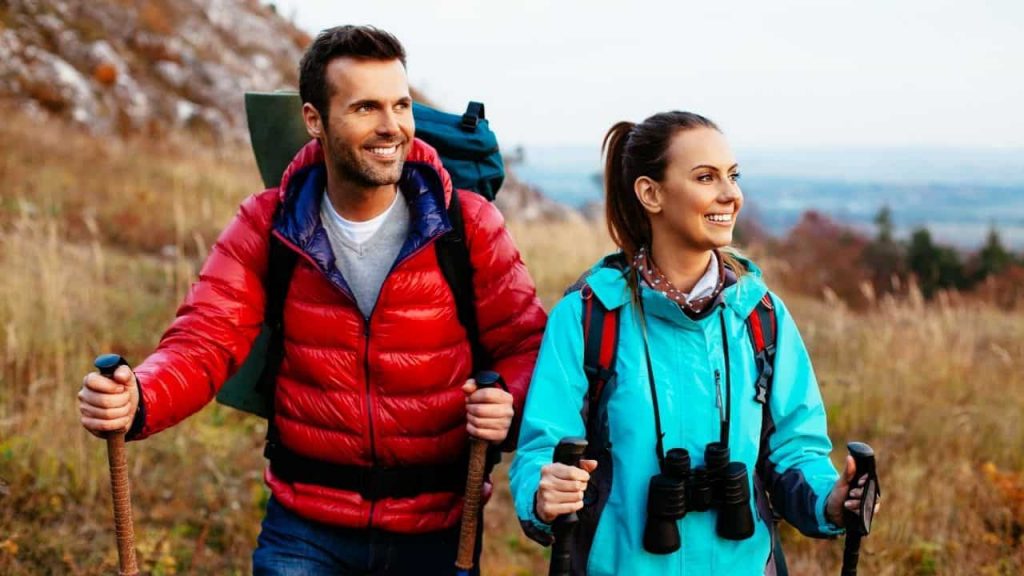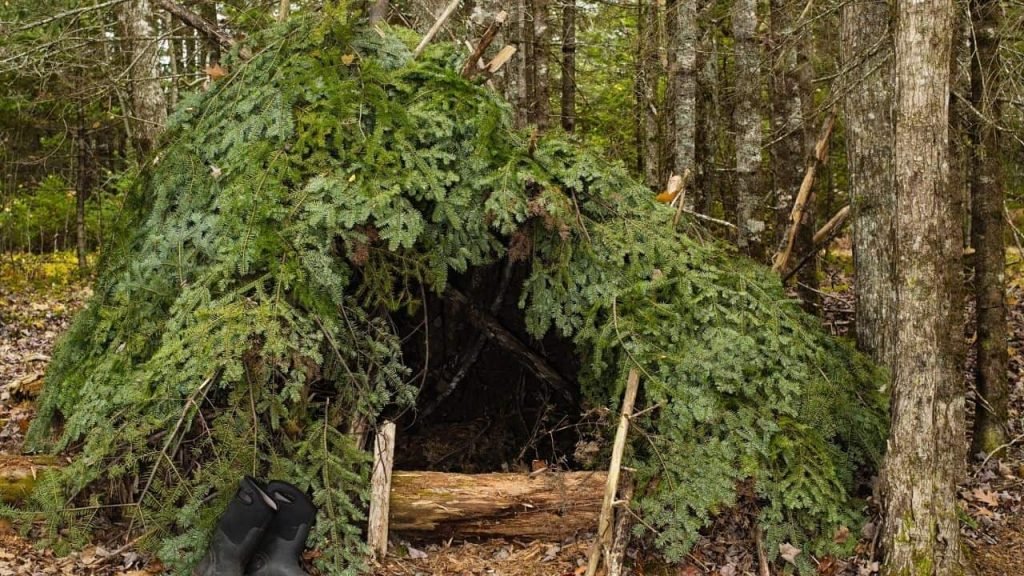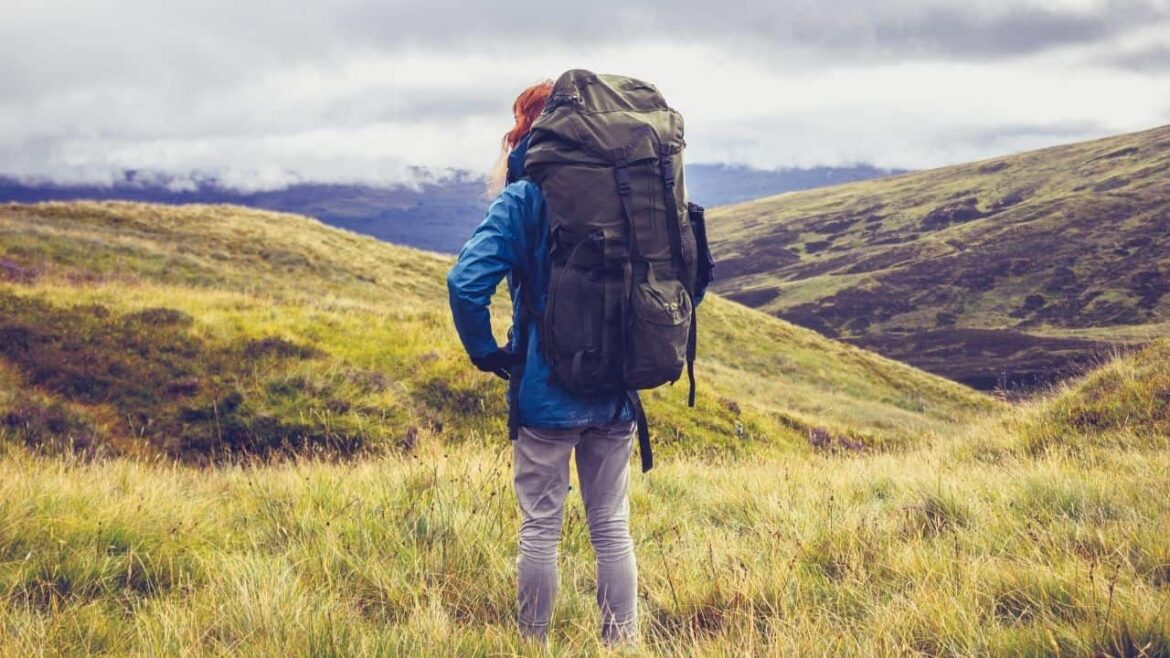Table of Contents
There are some common mistakes that are made by people when it comes to wilderness survival. If you want to improve your chance of surviving in a wilderness survival situation, then you better make sure you aren’t making these mistakes.
Poor or no wilderness knowledge
This is the one that gets most people. You set off on a quick weekend backpacking trip along a well-traveled trail, but you don’t have any survival skills. You figure you have some basic equipment with you, and the trail gets a lot of traffic, so you will be okay.
Well, along the trail, you decide to take a short detour that you are sure will be okay. Next thing you know, the trail can’t be found, and you have no idea where you are. You are now lost in the wilderness with not much gear and little or no survival skills.
It is situations like this that make it so important to prepare yourself. You must learn basic survival skills and carry basic survival gear before you even think about heading out into the wilderness. It doesn’t matter if you are going on a short day trip or a weekend backpacking trip in a high-traffic area. Prepare yourself before you head out, and you will have a much higher chance of surviving any situation you might encounter.
What are you wearing

Well, what are you wearing when you head out for that short day trip? Are you wearing a pair of shorts and a t-shirt because the weatherman said it was supposed to be hot and sunny? If that is what you are wearing, you are making a mistake.
A good rule of thumb is to always wear an extra layer. If you get too warm, there is always the option to remove a layer. On the other hand, if you get stuck somewhere and the temperature drops and you leave the house with only one layer, you are pretty much out of options.
You will want to choose the types of clothing carefully when you venture out into the wilderness. Avoid clothing that is made of cotton and sticks with fabrics that will keep you warm even if they are wet. It is also a good idea to pack some sort of shell jacket and a pair of pants that can withstand both rain and snow.
This is especially important in certain areas where the weather can change fast and drastically. For example, I have been in the mountains when the weather has gone from sunny and 60 degrees to near whiteout conditions and 30 degrees with no warning.
I’m not talking about putting a location into some fancy GPS and letting it lead you in the right direction. I’m talking about using a compass and using a map to get you out of wherever you are.
Don’t get me wrong, GPS units are nice and will be just fine most of the time. But what will you do if the battery on the GPS dies? Or what if the GPS satellite comes crashing down to Earth and you are still miles away from the trailhead?
You think you might be wishing you had a compass and a map and had the knowledge to use them? We like the Cammenga Model 27CS Olive Drab Lensatic Compass and the The Essential Wilderness Navigator: How to Find Your Way in the Great Outdoors, Second Edition to help you learn how to use the compass, read maps, and get yourself out of a mess.
My matches are wet
Oh no, did your waterproof match container not live up to its waterproofness? Or did it keep the matches dry but now you can’t figure out how to get that huge piece of wood lit?
First, don’t ever rely on matches only, have multiple backup plans. You will want to carry more than one way to start a fire, and these could include matches, lighters, or an emergency Fire Starter, just to name a few. Also, to prepare, even more, you can start to learn primitive methods for creating a fire.
A good book that will teach you to fire-making techniques and other great survival skills is Primitive Wilderness Living & Survival Skills: Naked into the Wilderness. Read the book and take in as much as you can. If you read it, then the next time you head out, you will be a little more confident in your fire-making ability.
Yes, you need water
You can only carry so much water in with you, and if you get lost or stranded somewhere, you are going to need some more. A nice flowing river or a pristine mountain lake might look like some tasty drinking water but don’t dip your bottle in just yet.
You need to clean that water before you drink it, or you might end up really regretting it. Even though water might look clean, it could be crawling with bacteria that can make you very sick.
Always try to carry chemical tablets or a small filtration system so you will be able to purify the water before you drink it. Also, since you now know how to make a fire, you can boil the water before you drink it to make sure it is safe.
If you find yourself in an area without a good source of water, you should check the trees around you. You can often collect condensation or rainwater from the trees and drink it without having to purify it. Always be on the lookout for a source of water in a survival situation because, without it, you won’t survive.
More: Top 5 Best Hiking Backpacks

Shelter
You might not always have your tent and sleeping bag with you, so you should know how to build or find shelter. You should be thinking of ways to keep yourself off of the ground, covered, and warm.
Knowing how to create a shelter is really important when it comes to survival, and it should be on the top of your list of skills to learn. If you want to learn how to build a variety of outdoor shelters, then we recommend reading this classic. Shelters, Shacks, and Shanties: The Classic Guide to Building Wilderness Shelters
Don’t be afraid
None of this is meant to scare you away from enjoying the outdoors. We want you to enjoy spending time in the wilderness, but we also want to make sure you are prepared to do it.
Take the time to learn these survival skills and actually take the time to practice them. It is great if you read the books we recommended but if you never practice what you read then you won’t know what you’re doing when you need it.
So learn the skills, be prepared, and go enjoy the outdoors!

